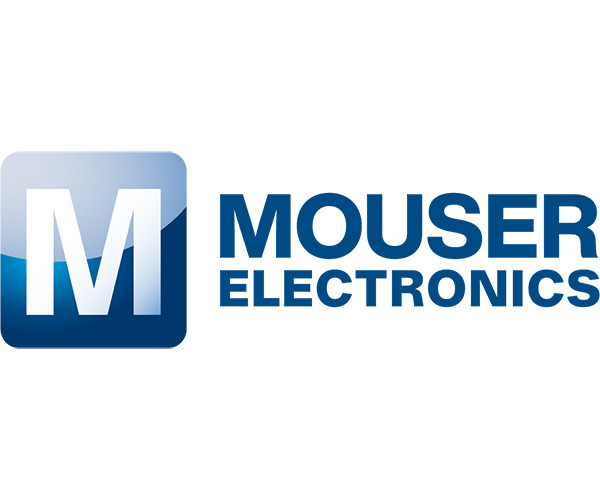High performance and easy-to-use Arduino HMI shield
24-08-2016 |
Mouser Electronics
|
Subs & Systems
Mouser now stocks the CleO, a touch-enabled display shield from FTDI Chip. With this intelligent, simple-to-program, full colour TFT display board, engineers of all experience levels can develop imaginative and compelling HMIs while taking advantage of extensive tutorials with over 80 different programming topics and 20 example projects. Featuring the copmany’s highly advanced graphics controller and microcontroller technologies, the device provides the Arduino market with a display solution that possesses exceptional capabilities.
The device features an HVGA 320 × 480 pixel resolution, 3.5-inch TFT display with resistive touchscreen that enables smooth animation of anti-aliased graphics or video playback at rates of up to 60fps. An FTDI Chip FT810 EVE IC powers the HMI operation, while a low-power, 3.1DMIPs/MHz FT903 Super-Bridge microcontroller offers access to an Arduino Uno over SPI and a central hub for fast interface accessories, such as a camera.
It incorporates 8mb of eFlash memory for embedded data storage of display or audio objects, with a Micro-SD card socket for external storage up to 32gb. Connectivity options include an SPI interface to the main system’s processing resource, a parallel camera interface, FT903 input/output (I/O) expansion, and USB DFU port for firmware updates. The shield’s PWM audio output and built-in speaker amplifier facilitate incorporation of sounds into the HMI implementation.
For optimum performance, engineers can drive CleO using the company’s NerO, an energy-efficient, Arduino Uno R3-compatible module, which can provide 1A at 5V without overheating. With the NerO, engineers can power the display simultaneously with accessories like the CleO speaker and 5mp camera. The long pin version of the NerO allows engineers to mount it directly to device, leaving the shield headers fully exposed for further I/O expansion. If using a board other than NerO, engineers can use the CleO-RIO module, which provides pins and reverse-I/O capabilities necessary to connect an Arduino Uno-compatible board.
By Electropages
Electropages is a trusted source of news and insights from the global electronics industry. With a dedicated team of experts and editors, Electropages delivers in-depth articles, product updates, and market trends across sectors such as embedded systems, IoT, connectors, and power solutions. Our mission is to empower engineers and professionals with the knowledge they need to innovate and succeed in a rapidly evolving technological landscape.


